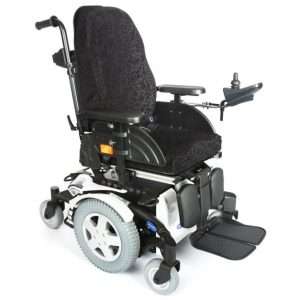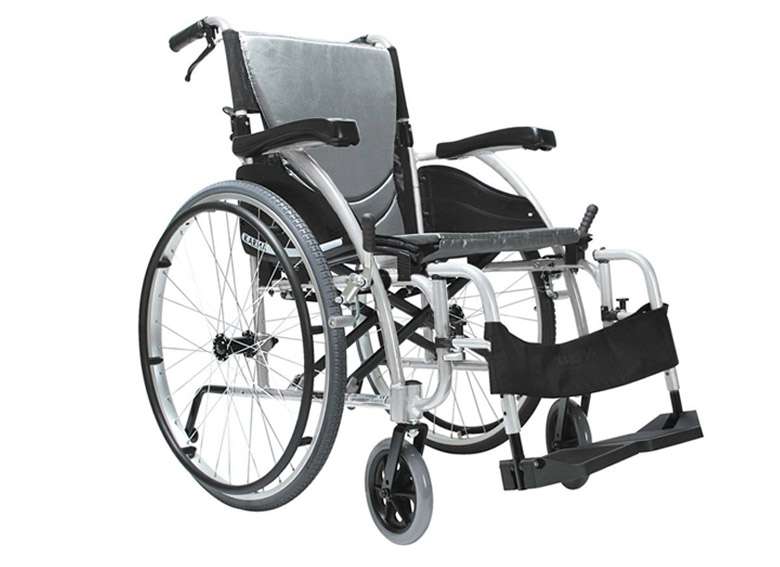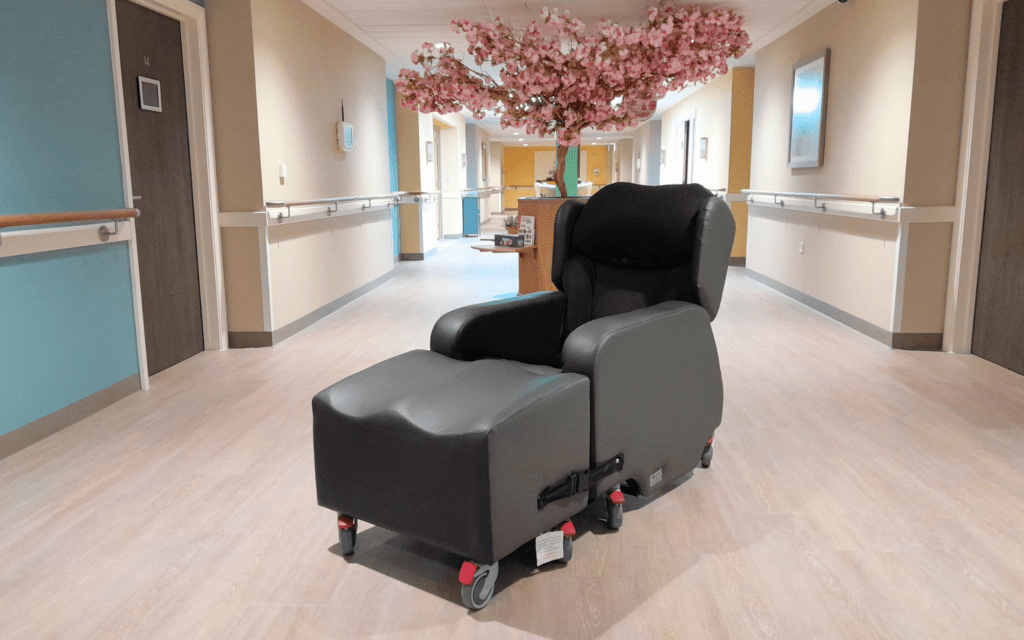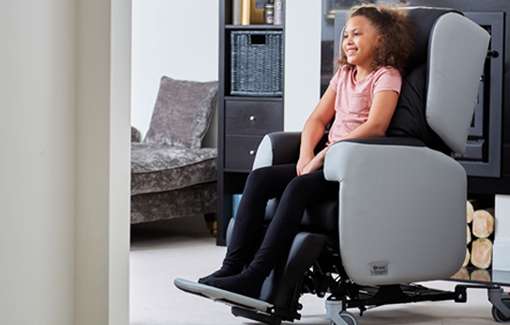For those with mobility problems, getting around can be incredibly tiring. Especially over longer distances, wheelchair users may become fatigued and need some extra help.
This is where self-propelled wheelchairs, attendant controlled models, wheelchair accessories, and powerchairs come into it. You might be looking for a powered chair or a manual one.
Manual wheelchairs can come with either large or small wheels — for example, both self-propelled and attendant controlled models class as manual wheelchairs. These options give the user and their caregiver the option of some extra help when pushing a wheelchair, but what’s the difference between them?
Jump straight to…
Self-Propelled Wheelchairs
A.K.A. — Big-wheeled wheelchair, active wheelchairs
These chairs are pushed solely by the efforts of the user or caregiver. They have no extra electric power to propel the chair forwards.
This means that the user needs to have good upper body strength — particularly in their arms and chest if they are to be pushing themselves along flat surfaces and even up small hills. Self-propelled models usually have larger back wheels for the user to grip when they are moving forward or backwards.
Often manual wheelchair models are available in both self-propelled and attendant controlled versions. The Action3 NG and the ErgoLite 2 are a great example of this.
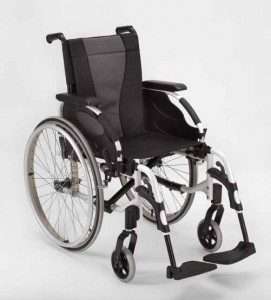
Self-propelled wheelchairs have larger wheels so that you can push yourself along.
Attendant Controlled
A.K.A. — Transit wheelchairs, small-wheeled wheelchair, medium active
These models are for individuals who usually have someone pushing them around. Attendant controlled, or attendant-propelled or attendant-assisted as they are sometimes called, are shaped a bit differently to self-propelled wheelchairs.
The most notable difference is the wheel size. Attendant controlled chairs have smaller back wheels, so it is easier for the carer to manoeuvre the chair. The axle position is also different to accommodate for the second person pushing the chair.
Wheelchairs Accessories
There are lots of wheelchair add-ons and wheelchair accessories available, including items that can give some help when wheeling uphill or over long distances. Lightweight powerpacks can be fitted to either self-propelled or attendant controlled wheelchairs to give an extra bit of push.
These are great when travelling up steep hills or over long distances. They sit below the chair and come in made styles to suit the user’s weight and needs.
For more independence when out and about, items like the E-Motion can convert a self-propelled chair to a powered one simply by switching over the wheels.
Powerchairs
A.K.A. — Powered wheelchairs, electric wheelchairs
Electric wheelchairs are often referred to as powered wheelchairs or powerchairs. These chairs use electricity to power their movement; kind of like a mobility scooter, but in wheelchair form!
These are great for people who have no upper body strength and movement, who may sometimes require extra assistance when keeping mobile. They’re also a good idea for wheelchair-users who are perhaps a little bit heavier, or for individuals who live in hilly places with lots of uphill climbs.
Powerchairs can be a bit more challenging to get used to. The entire system is controlled through a small joystick, often making the chair much more responsive to small movements.
Manoeuvring, speed, turning, forwards and backwards motion are all controlled using just one hand. However, once the person is used to it, powerchairs are a great way to keep mobile.
They can also be used both in and outdoors.
Summary
There’s a whole world of wheelchairs available now. They vary in shape and size and have a range of features to help users get about with ease.
Knowing the difference between self-propelled chairs, powerchairs, and attendant controlled wheelchairs is just the tip of the iceberg, but it’s a good place to start when looking at wheelchairs. Of course, if you’re still confused or need a little help, let us know in the comments below.
Get in touch with our team and we can help you with any wheelchair needs.




